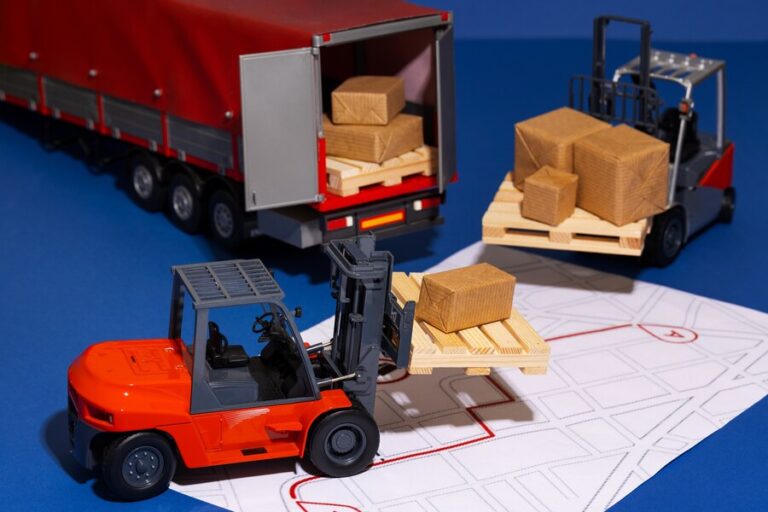Building Demolition: From Planning to Execution
Building demolition is a complex process that involves meticulous planning, advanced techniques, and strict adherence to safety regulations. Whether it’s dismantling a small structure or bringing down a towering skyscraper, the demolition process requires a precise blend of art and science to ensure a safe and efficient outcome.
This article explores the journey from the initial planning stages to the execution of building demolition, highlighting modern innovations and sustainable practices that are reshaping the industry.
The Planning Phase
The demolition process begins long before any physical work is done on the site. It starts with a thorough assessment and planning phase, which is crucial for the project’s success. The primary goal during this stage is to identify potential hazards, establish a clear plan of action, and ensure compliance with local regulations and laws. Demolition experts conduct structural surveys to understand the building’s integrity and the materials used. This information helps in deciding the appropriate demolition method and equipment.
Environmental considerations are also paramount. Asbestos, lead, and other hazardous materials must be identified and safely removed before demolition can proceed. This not only protects the workers but also minimizes environmental impact.
Safety Considerations
Safety is the cornerstone of any demolition project. With numerous risks involved, from falling debris to unexpected structural collapses, ensuring the safety of workers and the surrounding community is of utmost importance. Comprehensive safety plans are developed, incorporating measures such as controlled access zones, personal protective equipment (PPE), and emergency response strategies.
Additionally, the use of modern technology, such as drones and 3D modeling, aids in improving on-site safety. These tools provide valuable insights into potential hazards, allowing teams to mitigate risks before they become issues.
Execution of Demolition Techniques
Once the planning and safety measures are in place, the actual demolition work can begin. There are several techniques employed, each suited to different types of structures and site conditions.
- Implosion: This technique involves placing explosives in strategic locations within the building to cause it to collapse inward. It’s a method often used for large structures in densely populated areas, where space is limited. Successful implosion requires precise calculations and timing to ensure the building falls in the desired manner.
- Mechanical Demolition: This is the most common technique, involving the use of heavy machinery like excavators, bulldozers, and cranes. Mechanical demolition is highly effective for smaller buildings and allows for the controlled dismantling of structures.
- Selective Demolition: Also known as deconstruction, this method involves carefully dismantling a building to salvage valuable materials for reuse or recycling. It’s a growing practice in the industry, driven by the push for sustainability and reducing construction waste.
A rough terrain crane in Utah, for instance, might be employed in mechanical demolition to handle uneven or challenging site conditions, providing the necessary stability and reach to dismantle structures effectively.
Modern Innovations and Sustainable Practices
The demolition industry is evolving, with innovations aimed at improving efficiency and reducing environmental impact. One significant advancement is the use of high-reach demolition machines. These machines can safely dismantle tall structures from the top down, minimizing the risk to workers and surrounding areas.
Moreover, sustainable practices are gaining traction. The adoption of green demolition techniques, such as selective dismantling and material recycling, helps reduce the carbon footprint of demolition projects. Recycling steel, concrete, and other materials not only conserves resources but also reduces the volume of waste sent to landfills.
Conclusion
Building demolition is an intricate process that requires careful planning, adherence to safety protocols, and the use of appropriate techniques. With the integration of modern technology and sustainable practices, the industry is moving towards a future where demolition projects are not only efficient but also environmentally responsible. As innovations continue to emerge, the demolition process will become safer, more precise, and more attuned to the needs of our planet.
By understanding the comprehensive journey from planning to execution, stakeholders can ensure that each demolition project is carried out with the highest standards of safety and sustainability.






